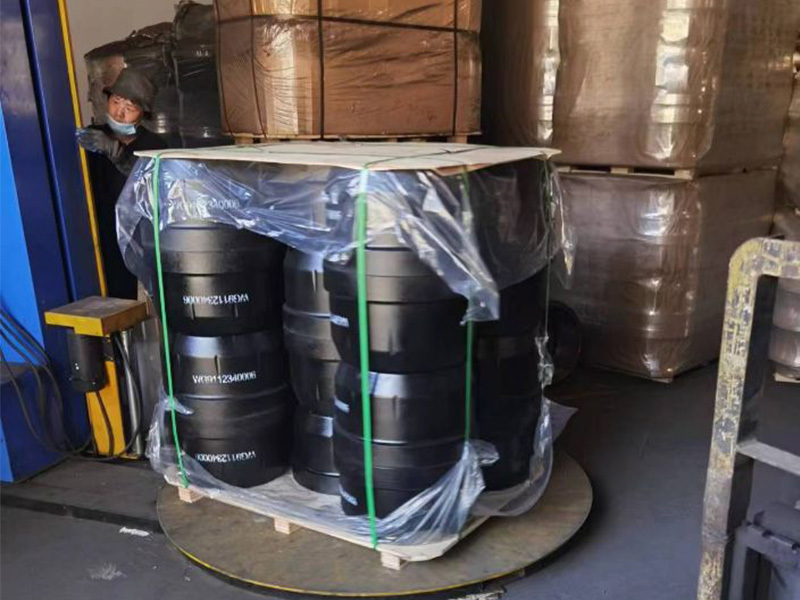Products
Contact Information
Whatsapp:
E-mail:
Address: Gucheng Town Development Zone, Hebei Province

Brake drum
- Commodity name: Brake drum
Product Details
Brake Drum: A Crucial Component for Vehicle Braking Systems
The brake drum is an essential part of a vehicle’s braking system, playing a vital role in ensuring safe and effective stopping.
1. Construction and Design
Brake drums are typically made of high - quality cast iron or other durable materials. This material choice is based on its excellent heat - dissipation properties and ability to withstand high mechanical stress. The drum is designed with a cylindrical shape, having an internal surface that comes into contact with the brake shoes. The outer surface is often ribbed or finned, which significantly increases the surface area for better heat dissipation. This design feature helps to prevent overheating during the braking process, as excessive heat can lead to brake fade and reduced braking efficiency.
2. Functionality
When the driver applies the brakes, hydraulic pressure is transmitted to the brake shoes. These shoes then press against the inner surface of the brake drum. The friction generated between the brake shoes and the drum surface slows down and eventually stops the rotation of the wheel. The force exerted by the brake shoes must be evenly distributed across the drum’s surface to ensure smooth and consistent braking. This requires precise manufacturing tolerances and proper alignment of the braking components.
3. Compatibility
Brake drums come in various sizes and specifications to be compatible with different types of vehicles, including cars, trucks, and vans. Manufacturers design brake drums to meet the specific braking requirements of each vehicle model. For example, larger and heavier vehicles usually require larger and more robust brake drums to handle the greater kinetic energy during braking. The compatibility also extends to the type of braking system, whether it is a traditional drum - brake system or part of a more complex hybrid braking setup.
4. Durability and Longevity
Thanks to their sturdy construction, brake drums are known for their durability. However, their lifespan is also affected by factors such as driving habits, vehicle usage, and environmental conditions. Aggressive driving, frequent heavy braking, and driving in hilly or mountainous areas can put more stress on the brake drums, potentially reducing their lifespan. Regular maintenance, such as checking for wear and tear, proper lubrication of related components, and timely replacement of worn - out brake shoes, can significantly extend the life of the brake drum.
5. Advantages
One of the main advantages of the brake drum is its simplicity and cost - effectiveness. Compared to some other braking systems, such as disc brakes, drum brakes are generally less expensive to manufacture and maintain. Additionally, drum brakes are self - energizing, which means that the rotation of the drum can assist in applying the braking force, reducing the amount of hydraulic pressure required. This can be beneficial in certain vehicle applications where simplicity and cost - efficiency are key considerations.
In summary, the brake drum is a fundamental and reliable component in vehicle braking systems. Its proper functioning is crucial for the safety and performance of vehicles on the road.
Keyword:
Plant scene

Container 1

The cabinet.

Loading

Loading


